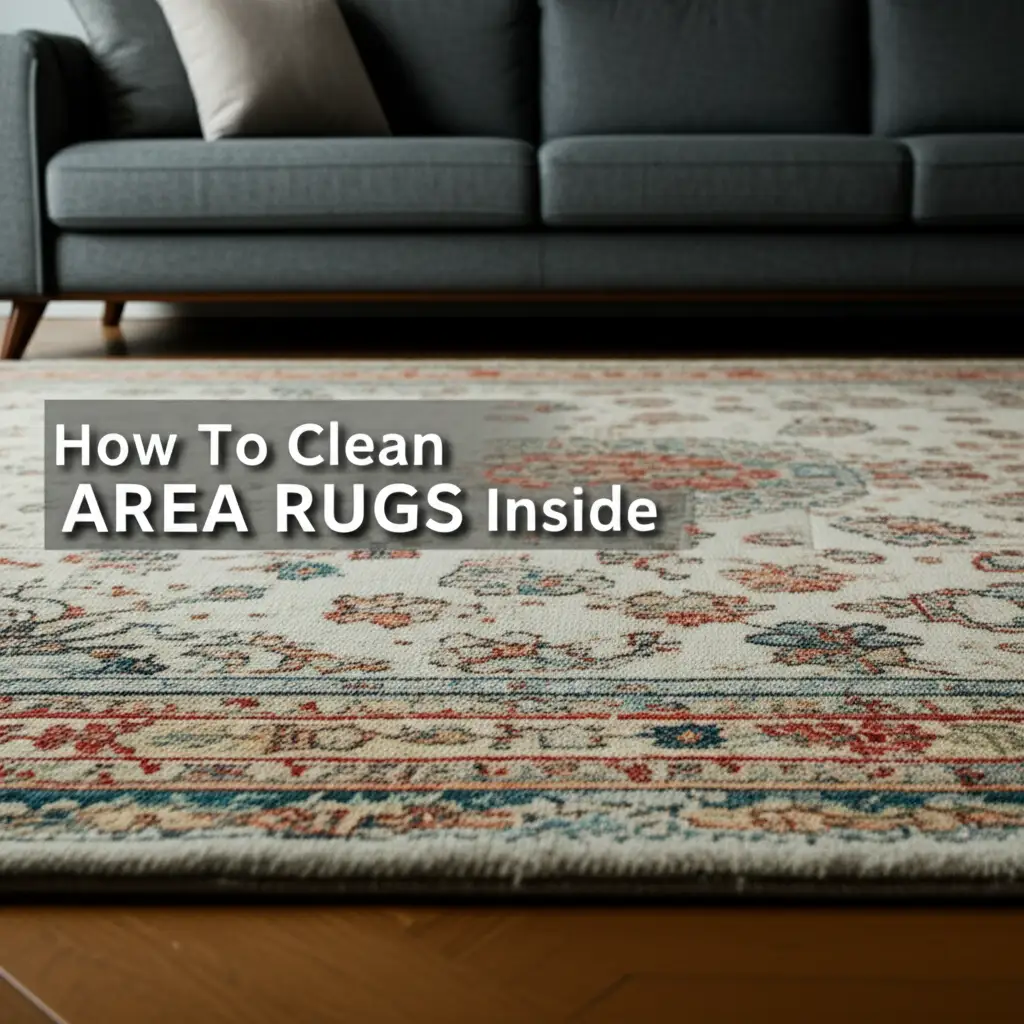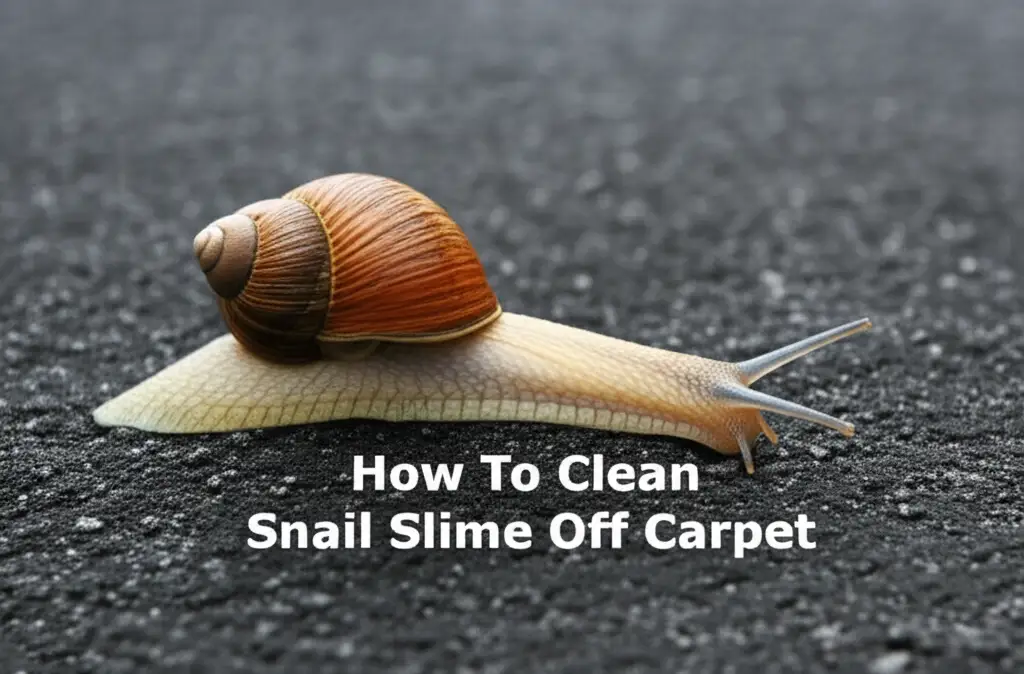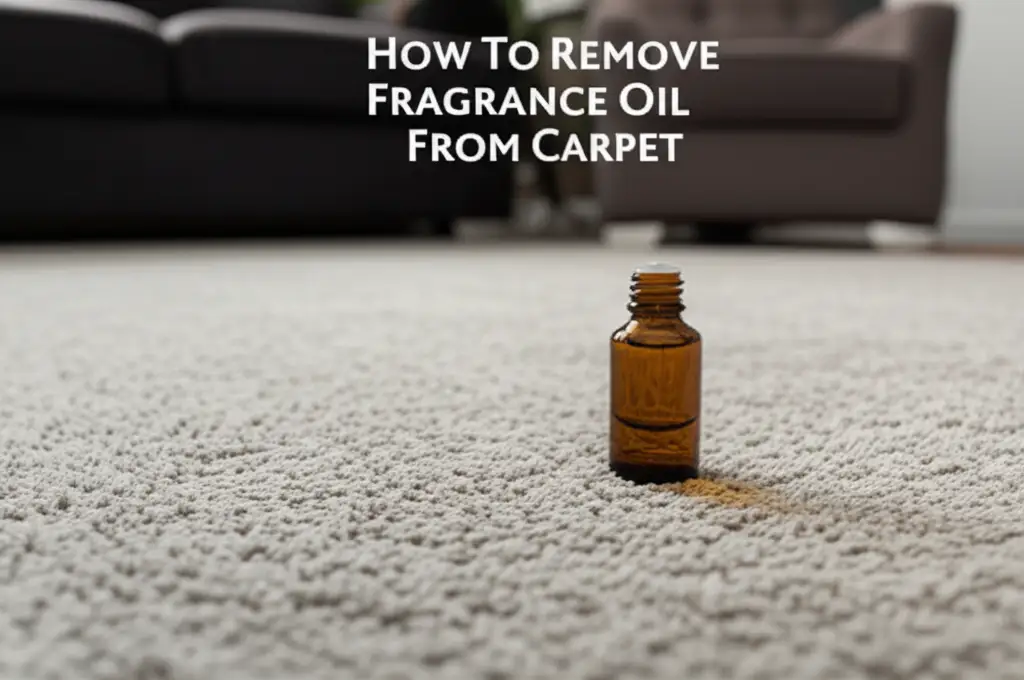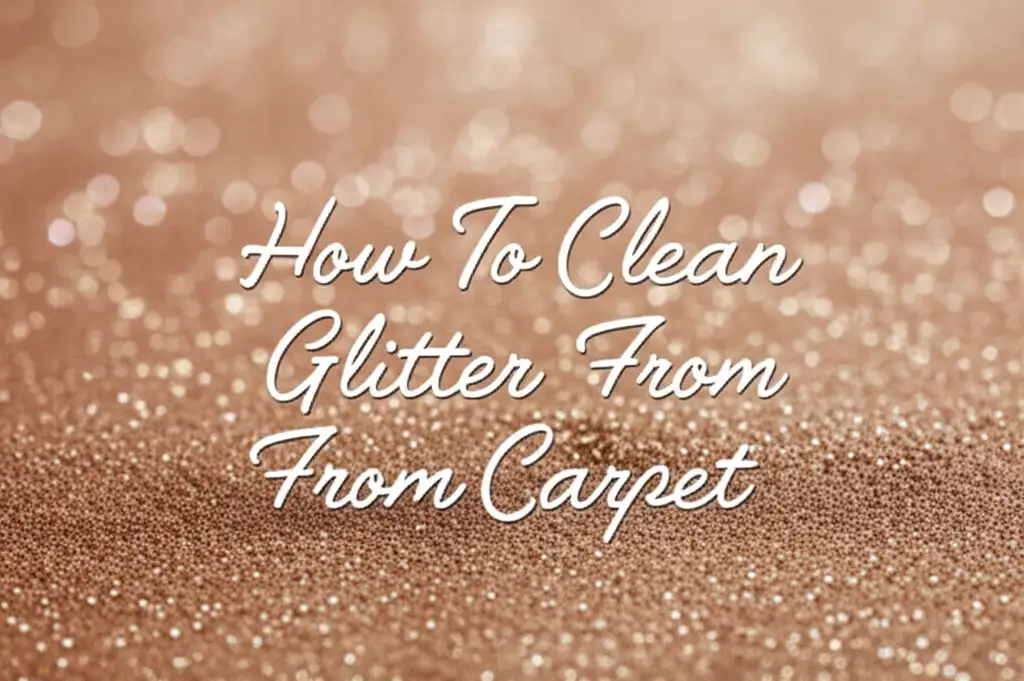· Liora Benning · Home Cleaning · 14 min read
Can You Clean An Area Rug With A Carpet Shampooer
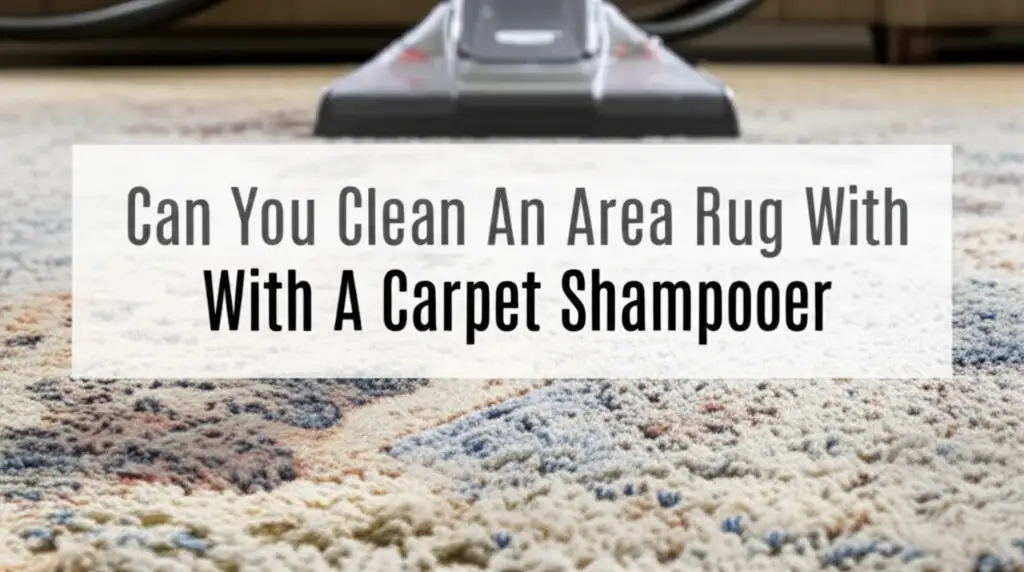
Cleaning Your Area Rug with a Carpet Shampooer: A Comprehensive Guide
Area rugs bring warmth and style to any room. However, they also collect dirt, spills, and allergens over time. Many people wonder if their trusty carpet shampooer, designed for wall-to-wall carpets, can also tackle these beloved floor coverings. The short answer is yes, you often can clean an area rug with a carpet shampooer, but careful consideration is key. This article explores when it is safe, what precautions to take, and how to achieve the best results. We will cover rug types, preparation steps, the cleaning process, and common pitfalls to avoid. My aim is to equip you with the knowledge needed to keep your area rugs looking their best.
Takeaway:
- Assess your rug’s material and construction before using a shampooer.
- Always test for colorfastness in an inconspicuous area.
- Vacuum thoroughly and pre-treat stains for best results.
- Avoid overwetting and ensure proper drying to prevent damage.
Can you clean an area rug with a carpet shampooer? Yes, many synthetic and some natural fiber area rugs can be cleaned with a carpet shampooer. Success depends on the rug material, proper technique, and avoiding overwetting. Always perform a patch test first.
Understanding Carpet Shampooers and Area Rugs
Let us start by understanding the tools and materials involved. A carpet shampooer, often called a carpet cleaner or extractor, uses a mix of water and cleaning solution. It sprays this mixture onto the carpet and then sucks up the dirty liquid. These machines lift deep-seated dirt and grime that vacuuming misses. They offer a powerful way to refresh large carpeted areas.
Area rugs, on the other hand, are distinct from wall-to-wall carpets. They vary greatly in size, material, and construction. Rugs can be made from synthetic fibers like nylon, polyester, or polypropylene. They can also be from natural fibers such as wool, cotton, silk, jute, or sisal. The backing of an area rug is also important. Some have jute backings, while others have latex or no backing at all. These differences greatly impact how a rug reacts to machine cleaning. Understanding your rug’s specific properties is the first step toward safe cleaning. You can learn more about general rug cleaning methods in our guide on how to clean area rugs inside.
Different carpet shampooers offer varying levels of power and features. Some are basic spray-and-extract models. Others include heated cleaning, powerful brushes, or handheld attachments. The choice of machine influences the cleaning process. Knowing your specific shampooer’s capabilities helps you use it correctly on an area rug. If you need a machine, you might wonder where can I rent a carpet shampooer for your home project.
The Pros and Cons of Using a Carpet Shampooer on Area Rugs
Using a carpet shampooer on an area rug offers clear advantages. It provides a deep clean, reaching fibers that vacuuming cannot. This is especially true for high-traffic rugs that accumulate a lot of dirt. Machine cleaning can refresh the rug’s appearance and remove stubborn stains. It is also often more convenient and less expensive than professional cleaning for larger rugs. You can clean the rug on your schedule without waiting for a service.
However, there are important disadvantages and risks. Overwetting is a major concern. Too much moisture can damage the rug’s backing, cause colors to bleed, or promote mold growth. Certain rug materials, like wool or silk, are very delicate. They can shrink, fade, or become damaged by the heat and moisture of a carpet shampooer. Harsh cleaning solutions can also strip natural oils from fibers or leave sticky residues. Improper drying can lead to mildew and odors. My personal experience has shown that rushing the drying process often creates new problems.
It is crucial to weigh these pros and cons based on your specific rug. A synthetic rug in a busy family room might benefit greatly from machine cleaning. A delicate antique wool rug, however, should never go near a carpet shampooer. Understanding these factors helps you decide if a shampooer is right for your rug. For specific insights on using a shampooer, you can check our article: Can you use a shampooer on an area rug.
Identifying Rug Types Suitable for Machine Cleaning
Knowing your rug’s material is the most important step before cleaning. Not all rugs tolerate machine cleaning. Synthetic rugs are usually safe. These include materials like nylon, polyester, and polypropylene. They are durable, colorfast, and resist water damage well. These rugs are common in homes because they handle wear and tear. You can generally use a carpet shampooer on these without major concerns.
Natural fiber rugs require more caution. Cotton rugs can often be machine cleaned if they are sturdy and colorfast. Always test cotton rugs for color bleeding first. Wool rugs are tricky. Wool is a protein fiber that can shrink or felt with hot water and harsh chemicals. If you decide to clean a wool rug with a machine, use cold water and a wool-safe, pH-neutral cleaner. Work quickly and ensure excellent ventilation for drying. For detailed advice on cleaning wool rugs, see our article: How do you clean an area wool rug. Hand-knotted wool rugs require even more care. Our guide on how to clean a handwoven wool rug provides specific tips for these delicate items.
Rugs made from silk, viscose, jute, sisal, or seagrass are generally NOT suitable for machine cleaning. Silk and viscose are highly delicate and prone to water damage, shrinking, or permanent matting. Jute, sisal, and seagrass are plant fibers that absorb water easily. They can stain, shrink, and become brittle or moldy if overwetted. If you have these types of rugs, consider professional cleaning or gentle hand washing methods. Always check the rug label for cleaning instructions.
Essential Preparation Before Shampooing Your Area Rug
Proper preparation makes a big difference in cleaning success. First, find a suitable cleaning area. A concrete garage floor, a tiled patio, or a large plastic tarp on a driveway works well. You need a waterproof surface where the rug can get wet. This also allows for thorough rinsing and drying without damaging your indoor flooring. Move furniture away and ensure you have enough space to work around the rug.
Next, vacuum the rug thoroughly. Vacuum both sides of the rug. Dirt hidden in the rug’s backing can become a muddy mess once wet. Use your vacuum’s strongest suction. If you have a beater bar, make sure it is not too aggressive for the rug fibers. Flipping the rug over and vacuuming the back can help dislodge deeply embedded dirt. This step removes loose soil and debris, preventing it from turning into mud during shampooing.
Always perform a colorfastness test. This is a critical step, especially for rugs you have never cleaned before. Mix a small amount of your cleaning solution with water in a bowl. Apply a small amount of this mixture to an inconspicuous area of the rug, such as a corner or the back. Blot the area with a clean white cloth. If any color transfers to the cloth, stop immediately. Your rug is not colorfast, and machine cleaning will likely cause dye bleeding. In such cases, professional cleaning is your safest option.
Finally, pre-treat any visible stains. Use a suitable stain remover for the specific type of stain. Blot the stain, do not rub, to lift it out. Follow the product instructions carefully. Pre-treating gives the shampooer a better chance to remove the entire stain. For tough spots like spaghetti sauce, you can find specific advice on how to clean spaghetti sauce off area rug. If you have a cream rug, regular pre-treatment and care can help how to keep a cream area rug clean over time.
Step-by-Step Guide to Cleaning Your Area Rug with a Carpet Shampooer
Cleaning your area rug with a carpet shampooer requires a systematic approach. Follow these steps for the best results and to protect your rug.
- Prepare the Machine: Fill the carpet shampooer’s clean water tank with warm (not hot, especially for wool) water. Add the recommended amount of rug cleaning solution. Use a solution specifically designed for area rugs or one that is pH-neutral and low-foaming. Avoid harsh chemicals that can damage fibers or leave residue.
- Start Cleaning: Begin cleaning in a corner of the rug. Work in slow, overlapping passes. Push the machine forward to spray the solution, then pull it back slowly to extract the dirty water. The extraction pass is crucial. It removes moisture and dirt, preventing overwetting. Do not over-saturate the rug. My goal is always to see more dirty water come out than clean water going in.
- Address Heavily Soiled Areas: For areas with heavier dirt or embedded stains, you may need to make an extra pass or two. Avoid scrubbing too aggressively, as this can damage rug fibers. Let the cleaning solution do the work.
- Rinse Thoroughly: This is a vital step often overlooked. After applying the cleaning solution, empty the dirty water tank. Refill the clean water tank with plain, clean water. Go over the entire rug again, using only water for rinsing passes. This removes any leftover detergent residue, which can attract dirt in the future and make the rug feel sticky. Continue rinsing until the extracted water runs clear.
- Extract as Much Water as Possible: Make several extra dry passes over the entire rug. Focus on pulling out as much moisture as possible. The more water you extract now, the faster the rug will dry and the less risk of mold or mildew.
- Ensure Proper Drying: Air circulation is key for drying. If possible, hang the rug outdoors over a sturdy clothesline or railing. Ensure it is not in direct, harsh sunlight, which can fade colors. If drying indoors, elevate the rug off the floor using blocks or chairs. Position fans around the rug to promote airflow. Dehumidifiers also help remove moisture from the air. Flipping the rug occasionally helps both sides dry evenly. Drying can take 6-24 hours depending on humidity, rug thickness, and air circulation. Do not place furniture back on the rug until it is completely dry.
Common Mistakes to Avoid When Machine Cleaning Area Rugs
Even with the right equipment, mistakes can happen. Avoiding these common errors ensures a safer and more effective cleaning experience for your area rug.
- Overwetting the Rug: This is the most frequent and damaging mistake. Too much water saturates the rug’s backing and padding, taking longer to dry. Overwetting can lead to mold and mildew growth, unpleasant odors, and even damage to your subfloor if the water seeps through. Always focus on powerful extraction. Make more dry passes than wet passes.
- Using the Wrong Cleaning Solution: Not all carpet cleaning solutions are suitable for area rugs. Harsh chemicals can strip natural fibers of their oils, leading to brittleness or discoloration. They can also leave a sticky residue that attracts dirt. Always choose a solution specifically labeled for area rugs or one that is pH-neutral and low-foaming. Read the instructions carefully.
- Skipping the Colorfastness Test: Neglecting to test a small, hidden area of the rug for color bleeding is a recipe for disaster. If your rug dyes are not colorfast, the entire rug could end up with bleeding colors or faded patches. This simple test prevents irreversible damage.
- Improper Drying: Leaving a rug damp for too long invites mold and mildew. These organisms cause unpleasant smells and can ruin the rug’s fibers. Ensure excellent air circulation during drying. Use fans, open windows, or even a dehumidifier. Do not walk on or place furniture on a damp rug.
- Not Vacuuming Thoroughly Beforehand: If you do not vacuum properly, you simply turn dry soil into muddy sludge. This makes the cleaning process less effective and can even spread dirt rather than remove it. Always spend extra time on pre-vacuuming. My rule is: if it looks clean, vacuum it again.
- Cleaning on an Unsuitable Surface: Cleaning a rug directly on hardwood floors or other moisture-sensitive surfaces can cause severe damage. Always use a waterproof barrier or clean the rug outdoors on concrete. This protects your home’s flooring.
When to Consider Professional Rug Cleaning or Hand Washing
While a carpet shampooer can be great for many rugs, some situations call for different approaches. Certain rugs are simply too delicate or valuable for machine cleaning. My personal rule is: when in doubt, do not machine clean.
Professional Rug Cleaning:
- Delicate Materials: Rugs made of silk, antique wool, hand-knotted, or highly intricate designs should go to a professional. These materials are prone to shrinking, bleeding, or fiber damage with machine cleaning. Professionals have specialized equipment and knowledge to handle these delicate items safely.
- Sentimental or High-Value Rugs: If your rug is an heirloom, a unique find, or very expensive, the risk of damage from DIY machine cleaning is too high. A professional cleaner offers peace of mind and often insurance for damage.
- Heavily Soiled or Stained Rugs: For rugs with deep, pervasive dirt or severe, set-in stains, professional cleaners have stronger tools and chemicals. They can achieve a level of clean that home machines simply cannot.
- Odor Removal: If your rug has stubborn pet odors or mildew, professional processes often include specialized treatments for odor elimination that are not available for home use.
Hand Washing or Spot Cleaning:
- Small Rugs: For small rugs that are not heavily soiled, a gentle hand wash can be very effective. This gives you more control over water usage and cleaning solution. You can wash them in a bathtub or outdoors with a hose and mild detergent.
- Spot Treatment: For isolated spills or stains, targeted spot treatment is often the best first step. Our guide on how to clean a rug by hand offers methods for specific situations. For specific materials like faux fur, dedicated methods are needed; see how to clean faux fur area rug for more information. This prevents unnecessary full-rug cleaning.
- Rugs Not Suitable for Machine Cleaning: If your rug material is on the “do not machine clean” list (like jute, sisal, or viscose), hand washing might be the only safe DIY option. Use minimal water and quick drying.
Choosing the right cleaning method protects your investment and keeps your rug beautiful for years.
FAQ Section
Can I use hot water in a carpet shampooer for area rugs?
Using hot water depends on the rug material. For synthetic rugs (nylon, polyester), warm to hot water is fine. For wool or natural fibers, use cool or lukewarm water. Hot water can cause wool to shrink or damage delicate fibers. Always check your rug’s care tag.
How long does an area rug take to dry after shampooing?
Drying time varies greatly based on rug thickness, material, humidity, and airflow. Generally, it can take 6 to 24 hours. Good ventilation, fans, and a dehumidifier speed up the process. Ensure the rug is completely dry before placing it back in its spot.
What cleaning solution is best for area rugs?
The best cleaning solution is a pH-neutral, low-foaming formula. Look for products specifically designed for area rugs or “delicate fabrics.” Avoid harsh detergents, bleach, or strong acids, especially on natural fibers. Always test the solution on an inconspicuous spot first.
Can a carpet shampooer damage hardwood floors underneath an area rug?
Yes, if the rug becomes oversaturated, water can seep through and damage hardwood floors. Overwetting can cause wood to warp, stain, or grow mold. Always clean area rugs on a waterproof surface like concrete or a large plastic tarp.
How often should I shampoo my area rug?
The frequency depends on foot traffic, pet presence, and spills. For high-traffic rugs, shampooing once or twice a year might be appropriate. For rugs in low-traffic areas, once every 12-18 months is usually sufficient. Regular vacuuming between shampoos extends cleaning intervals.
Conclusion
Cleaning your area rug with a carpet shampooer is a viable option for many households. It offers a convenient and effective way to remove deep-seated dirt and refresh your rug’s appearance. However, success hinges on careful planning and execution. We have explored the differences between carpet shampooers and various rug types. We also discussed the benefits and risks involved. Knowing your rug’s material, performing a colorfastness test, and avoiding common pitfalls like overwetting are crucial steps.
Remember to prepare your cleaning area properly. Vacuum thoroughly, pre-treat stains, and use the right cleaning solution. Follow the step-by-step cleaning process, focusing on powerful extraction and thorough rinsing. Most importantly, ensure your rug dries completely and quickly to prevent mold or damage. For delicate, valuable, or heavily soiled rugs, professional cleaning remains the safest choice. By following these guidelines, you can confidently clean an area rug with a carpet shampooer. Keep your home looking fresh and inviting.


